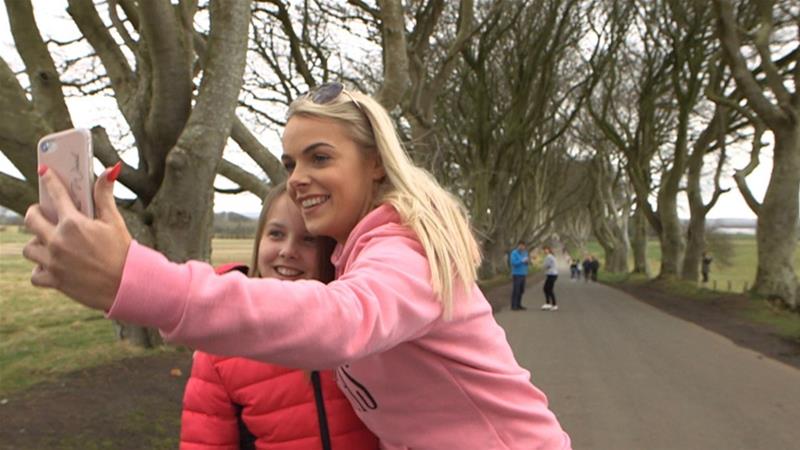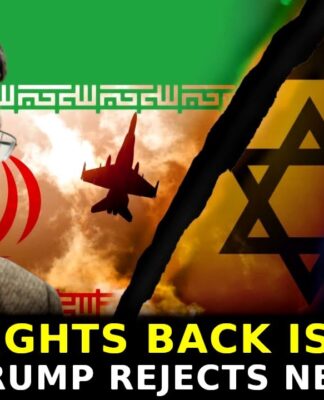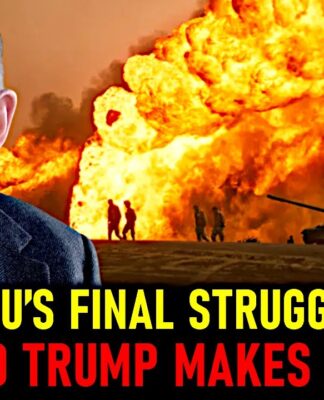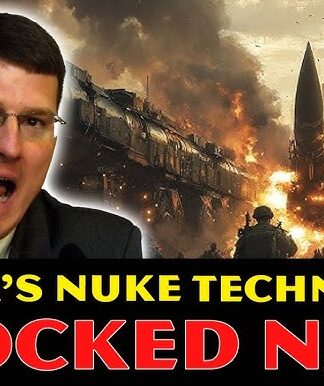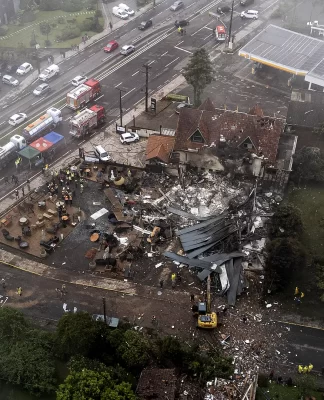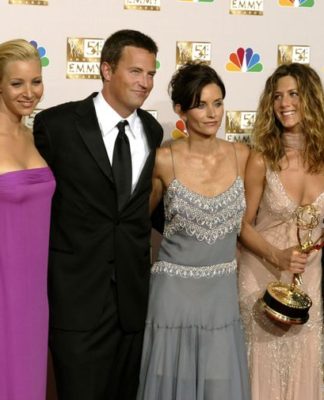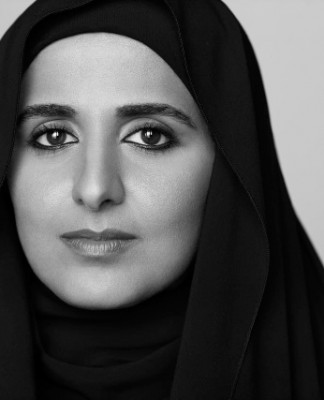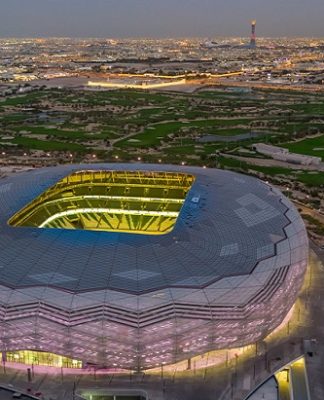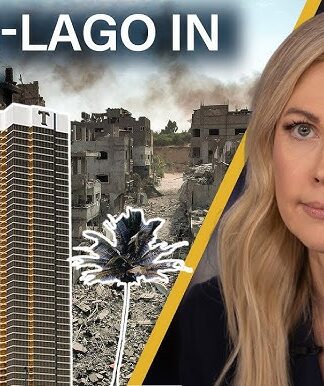
The new Northern Ireland is a surprising place. An hour’s drive north of Belfast, we find hundreds of tourists – from the US, China and elsewhere, taking selfies in an avenue of beech trees.
This place is known as “the Dark Hedges”, and the trees, with their twisting silvery branches, are indeed striking. But the reason the tourists have come here is because the Dark Hedges featured in the hit TV series, Game of Thrones.
Northern Ireland’s film industry is one of the successes of the past 20 years. Its scenery, affordability, abundant talent, and even its divisive history, all make it attractive.
We meet location manager Andrew Wilson on a film set on the edge of Belfast.
“I’ve had four discussions this week alone about major film projects,” Wilson says.
“Huge companies who would never have thought of this place 20 years ago. It’s like night and day.”
So, the 1998 Good Friday agreement’s peace dividend is tangible.
Entrenched divisions
Walk around central Belfast, with its stylish restaurants and refurbished Victorian buildings, and it is difficult to imagine the bombings and shooting which were once a feature of life here.
But you do not need to go very far to see how entrenched divisions still are.
The first residential street we stop at outside the city centre is a Protestant enclave, surrounded by Catholic streets.
Yes, many people still define their neighbourhoods in those terms.
 |
| Wilson has witnessed a major transformation of the film industry [Barnaby Phillips/Al Jazeera] |
This particular enclave has a high so-called peace wall around it, intended to prevent the two sides from throwing missiles at each other.
Golf balls, bricks and bottles are the weapons of choice, I am told.
There is a mural on a terrace wall that boasts of defiance and unwavering loyalty to Britain.
The tribalism is fierce, and unsettling, and begs the question as to what has actually been achieved in 20 years of peace, apart from a marked reduction in violence.
My guide here is John Kyle, who belongs to the PUP, a party with links to pro-British Protestant paramilitaries [although John has no such links himself].
He says that both sides in Northern Ireland are still offended by aspects of the other’s culture.
“The danger is that if we don’t work at finding ways to live together … then we could go back to the bad old days,” Kyle says.
“It’s naive to think that could never happen … I think real progress has been made here in Northern Ireland, but there’s still a fragility to it.”
Ambitious plans
Belfast is busy regenerating its docklands. The plans are ambitious, stretch ahead for decades and would change the face of the city.
The area is already an attraction, thanks to the Titanic Museum, which opened in 2012.
This is where I met Alasdair McDonnell, a former MP with the moderate nationalist SDLP, which played a big part in the peace process of the 1990s.
He worries that increasing polarisation in Northern Irish politics could undermine the momentum of new investment and optimism.
Northern Ireland has not had a government for over a year because of feuding between the two main parties, the DUP and Sinn Fein, representing respectively the pro-British Unionist and pro-Irish Nationalist communities.
|
|
McDonnell says “that’s the situation we’re in now, with those parties at arm’s length – if you like, with daggers drawn – it means the political support we need to build the prosperity just isn’t available”.
And then, of course, there’s Brexit. Most people in Northern Ireland voted against it, and some now fear it will revive issues of identity, which the Good Friday Agreement was designed so painstakingly to contain.
At the very least, it brings a new element of uncertainty. 20 years of peace in Northern Ireland.
It has been a long time, and yet not long enough to take anything for granted.
SOURCE: AL JAZEERA NEWS










